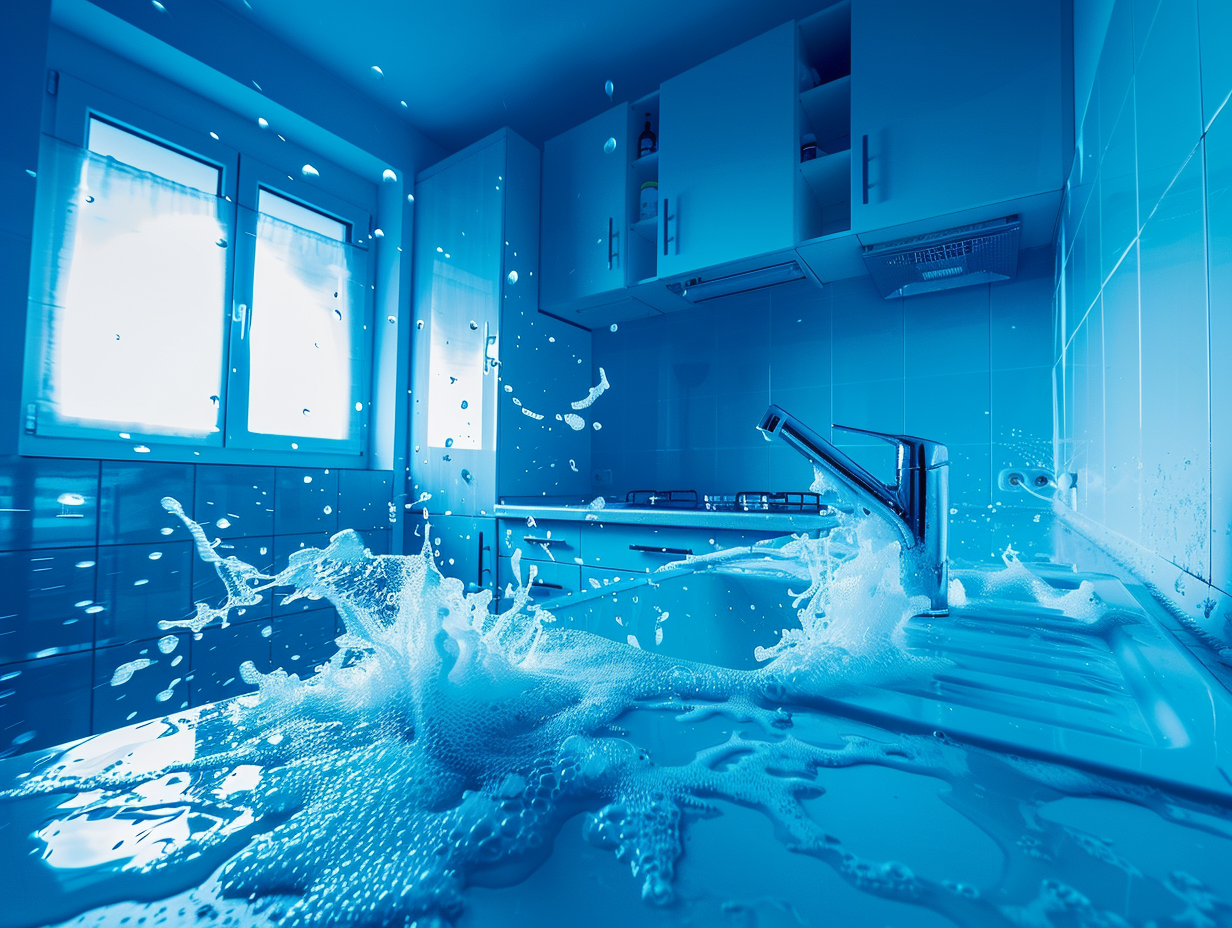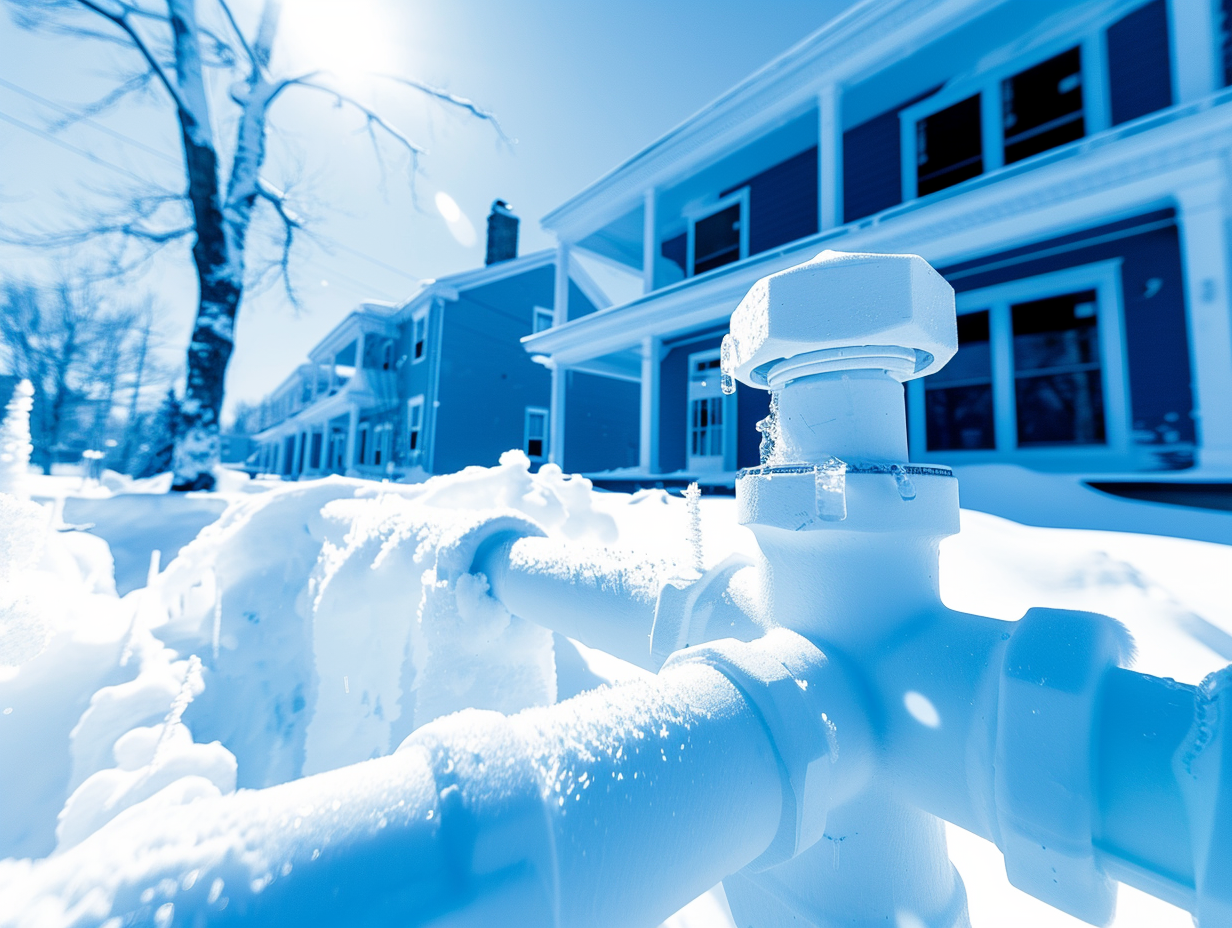A malfunctioning toilet can be a major inconvenience and disrupt your daily routine. Whether it's…

Common Plumbing Problems and How to Troubleshoot Them
1. Dripping Faucets
Symptoms:
- Continuous dripping sound
- Increased water bill
- Water stains or damage around the faucet area
Troubleshooting Steps:
- Identify the Source: Determine whether the drip is coming from the faucet spout or handle.
- Check the Washer: A worn-out washer is a common cause of dripping faucets. Turn off the water supply, disassemble the faucet, and inspect the washer. Replace it if necessary.
- Inspect the O-Ring: If the washer is intact, the O-ring might be the culprit. Check for signs of wear and replace it as needed.
- Call a Professional: If the issue persists after replacing the washer and O-ring, it might be time to consult a plumber.
2. Low Water Pressure
Symptoms:
- Weak water flow from faucets and showerheads
- Slow-filling sinks and tubs
Troubleshooting Steps:
- Check the Aerator: Mineral buildup in faucet aerators can restrict water flow. Remove the aerator, clean it with vinegar, and reattach.
- Inspect the Shut-Off Valves: Ensure that the main shut-off valve and individual fixture valves are fully open.
- Look for Leaks: A hidden leak can reduce water pressure. Inspect visible pipes for leaks and damp spots.
- Examine the Pressure Regulator: If your home has a pressure regulator, a malfunction could be the issue. Consider replacing it or calling a professional.
3. Running Toilets
Symptoms:
- Constantly running water
- Higher water bills
- Noise from the toilet tank
Troubleshooting Steps:
- Check the Flapper: The flapper may be worn out or not sealing properly. Replace it if necessary.
- Inspect the Fill Valve: Ensure the fill valve is working correctly and adjust the float to maintain the proper water level.
- Look for Leaks: Check for leaks around the base of the toilet and in the tank. Repair or replace faulty components.
4. Slow or Clogged Drains
Symptoms:
- Water pooling in sinks, tubs, or showers
- Slow drainage
Troubleshooting Steps:
- Use a Plunger: For minor clogs, a plunger can often clear the blockage. Ensure there’s enough water to cover the plunger cup and create a good seal.
- Try a Drain Snake: A drain snake can reach deeper clogs that a plunger cannot. Insert it into the drain and twist to break up the blockage.
- Apply a Natural Cleaner: Pour a mixture of baking soda and vinegar down the drain, followed by hot water. This can help dissolve organic clogs.
- Avoid Chemical Cleaners: While tempting, chemical drain cleaners can damage your pipes and should be used sparingly.
- Call a Professional: For persistent or severe clogs, a plumber can provide a thorough cleaning and inspection.
5. Water Heater Issues
Symptoms:
- No hot water
- Inconsistent water temperature
- Strange noises from the heater
Troubleshooting Steps:
- Check the Thermostat: Ensure the thermostat is set to the correct temperature (typically between 120-140°F).
- Inspect the Pilot Light: For gas heaters, check if the pilot light is lit. If not, follow the manufacturer’s instructions to relight it.
- Flush the Tank: Sediment buildup can affect performance. Drain and flush the tank to remove sediment.
- Examine the Heating Element: For electric heaters, a faulty heating element might be the issue. Consider replacing it if necessary.
- Consult a Professional: For persistent problems, a licensed plumber can diagnose and repair your water heater.
Preventive Maintenance Tips
Regular maintenance can prevent many common plumbing problems:
- Inspect and Clean Drains: Regularly check drains for signs of clogs and clean them as needed.
- Monitor Water Pressure: Install a water pressure gauge to ensure your home’s pressure remains within safe limits (40-60 psi).
- Check for Leaks: Periodically inspect all visible pipes and fixtures for leaks.
- Service Your Water Heater: Schedule annual maintenance for your water heater to ensure optimal performance.
- Winterize Your Plumbing: In colder climates, take steps to prevent frozen pipes, such as insulating pipes and allowing faucets to drip during extreme cold.
Conclusion
Understanding how to troubleshoot common plumbing problems can save you from unnecessary stress and costly repairs. By following the steps outlined in this guide, you can address many issues on your own and know when it’s time to call a professional. At Aramic Total Renovations, we’re here to help with all your plumbing needs, from minor repairs to major installations. Contact us today for expert advice and top-quality service.



